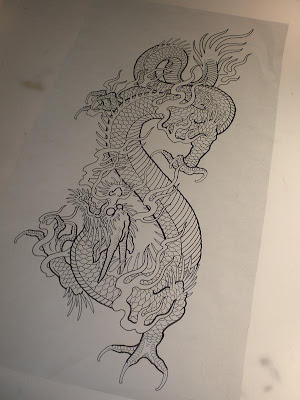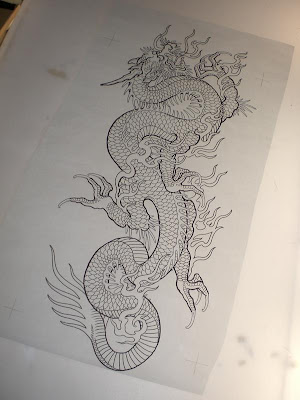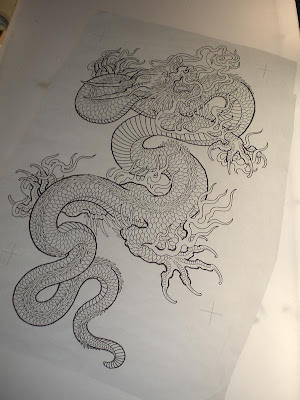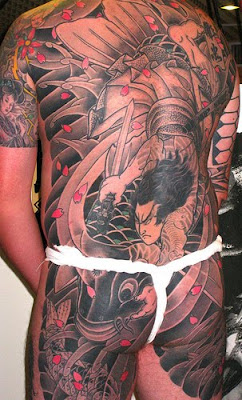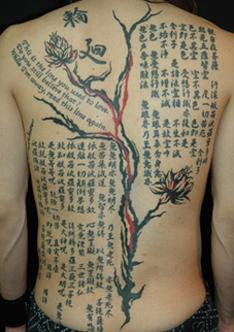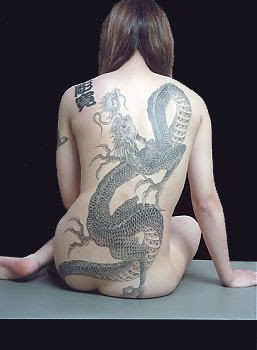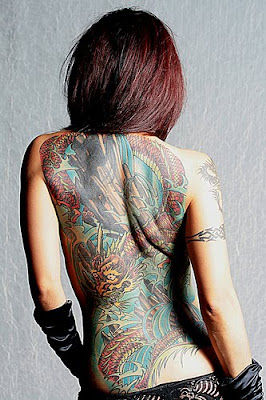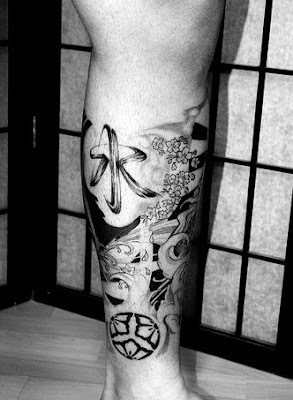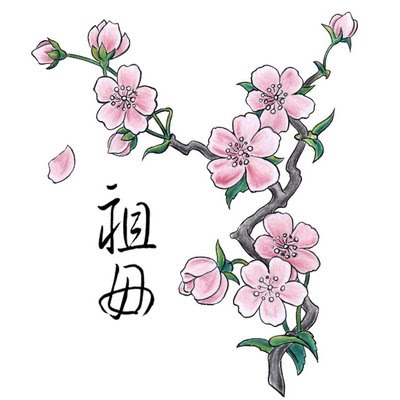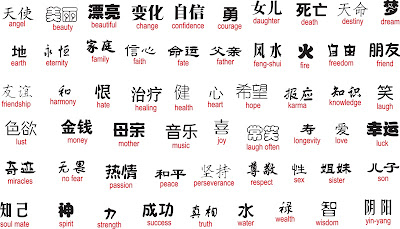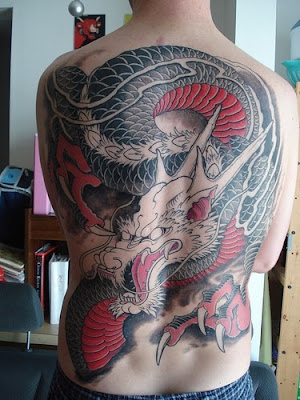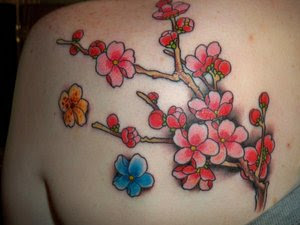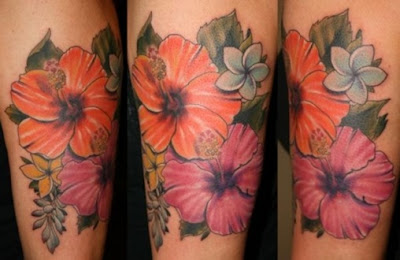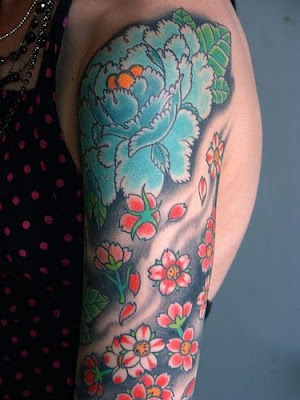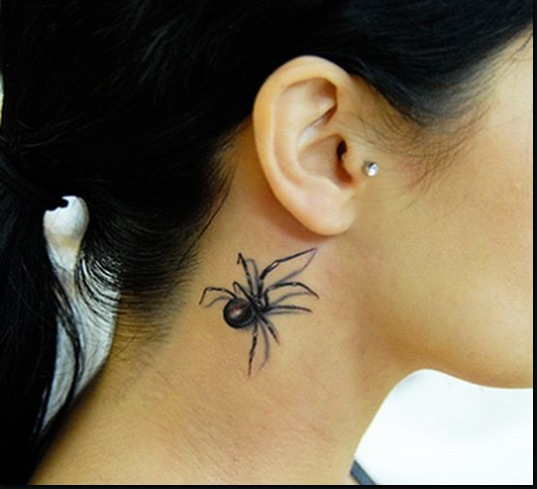The resurrection of this art form in the 20th century it has continued until today. Many fascinated in decorating their bodies with various types and tattoo designs. Tattoos can be temporary, semi-permanent or permanent. It also comes in different designs ranging from the most common classification to the most specific.
Japanese Dragon Tattoo
The Japanese tattoo has a very long history, and may have made its first appearance as far back as the 5th century BC. However, tattoos did not gain respectability for a very long time.
If you have been to Japan you will notice they are a common feature in most traditional Japanese gardens. They most likely originated from Eastern Asia, Aral, Black and Caspian Seas. Earliest records of Koi have been found in China and have been widely spread in Japan.
If you have been to Japan you will notice they are a common feature in most traditional Japanese gardens. They most likely originated from Eastern Asia, Aral, Black and Caspian Seas. Earliest records of Koi have been found in China and have been widely spread in Japan.
Japanese Dragon Tattoo
Japanese tattoo design for body are not as new as you might think that. Its origin can be traced since prehistoric times. This type of artistic expression has been found between human bodies claimed to exist in prehistoric era.
Japanese Dragon Tattoos
Japanese Tattoo Dragon.







